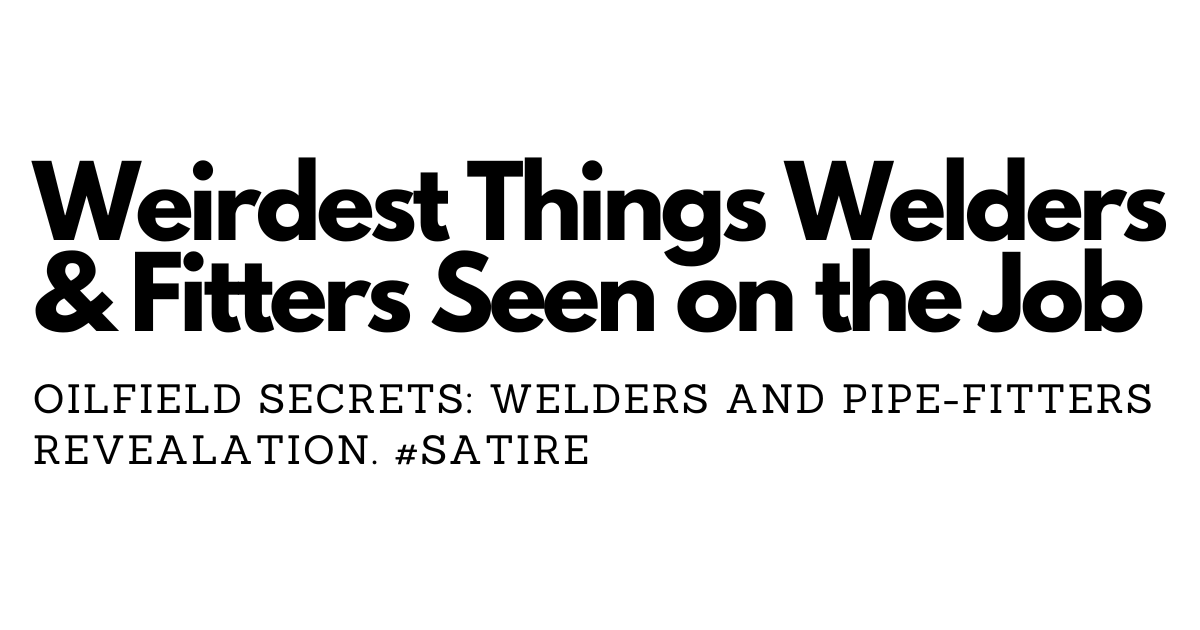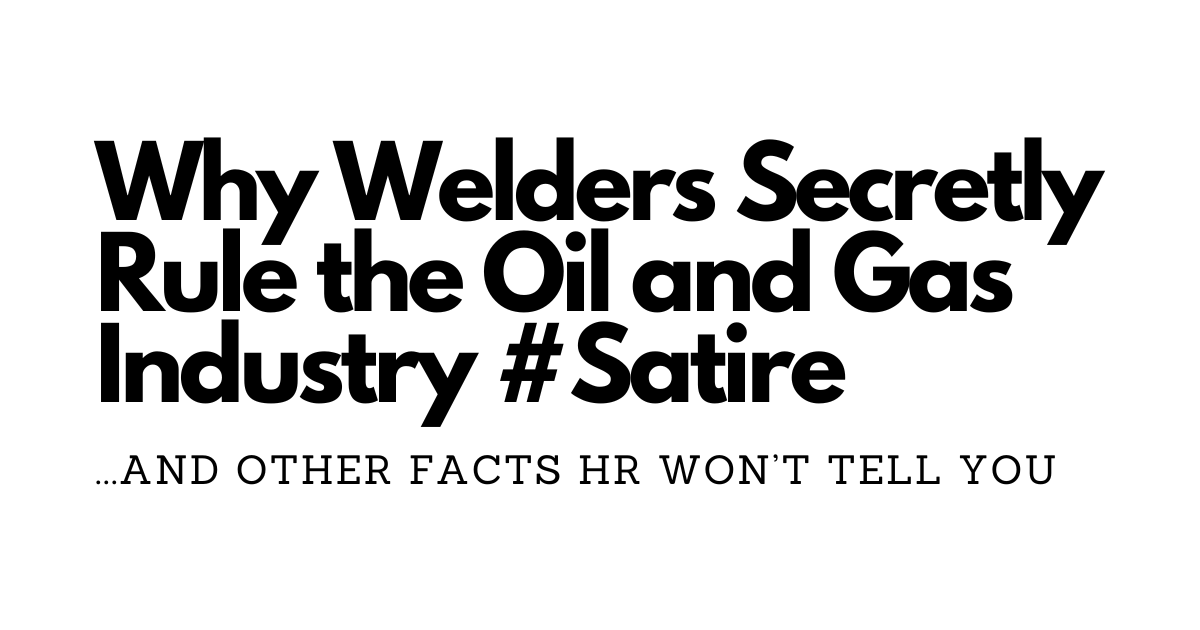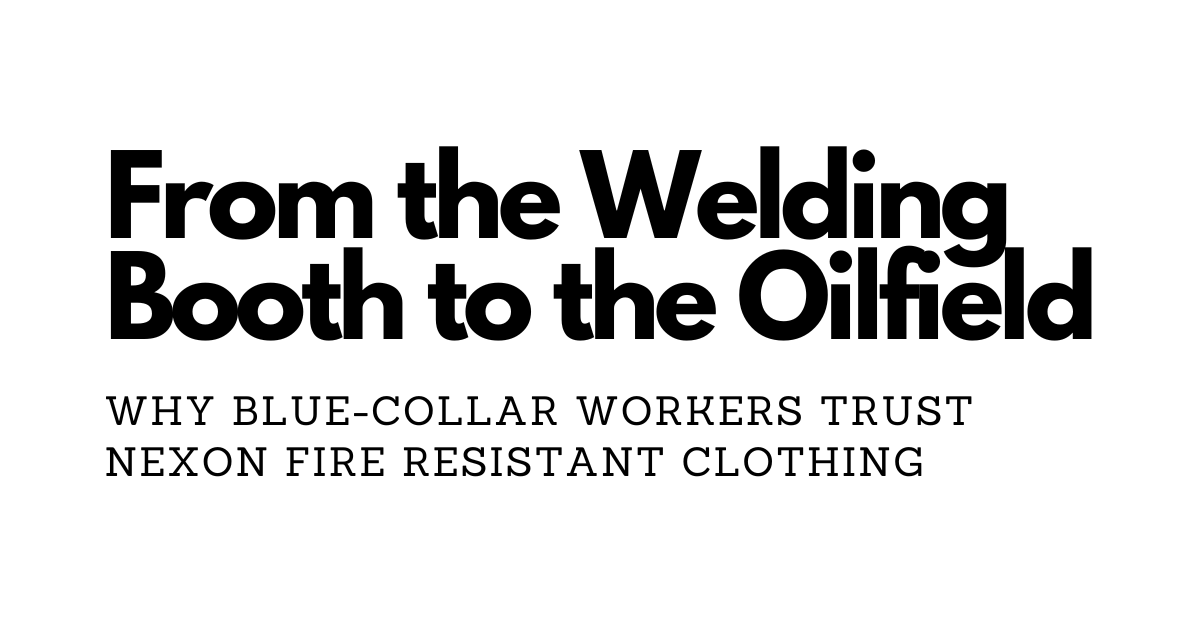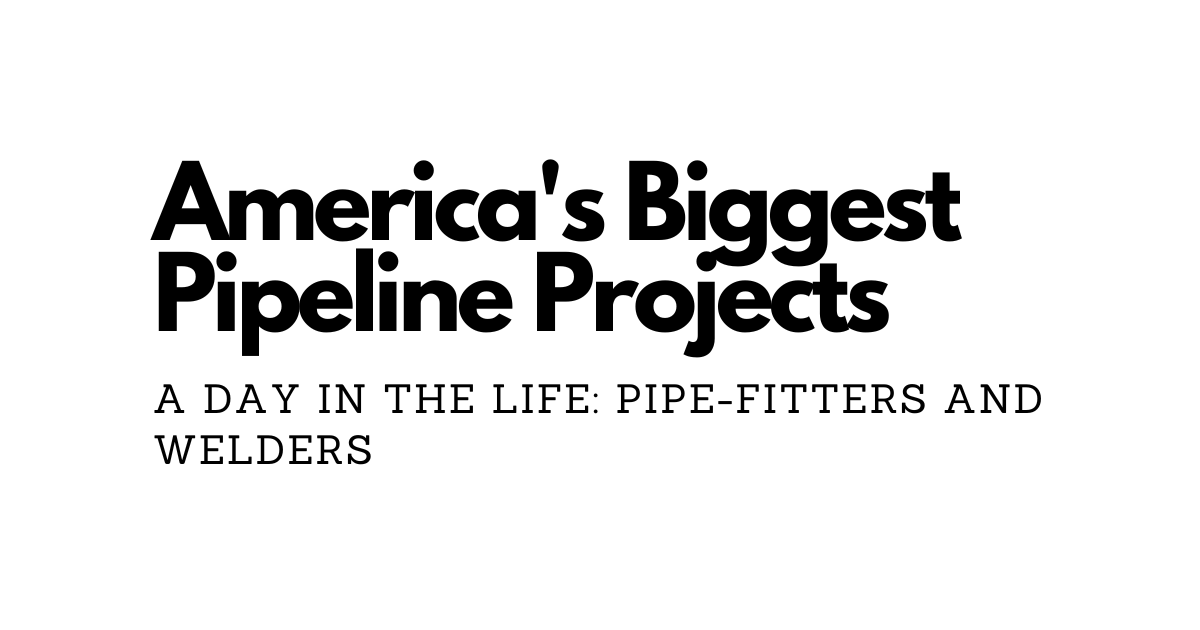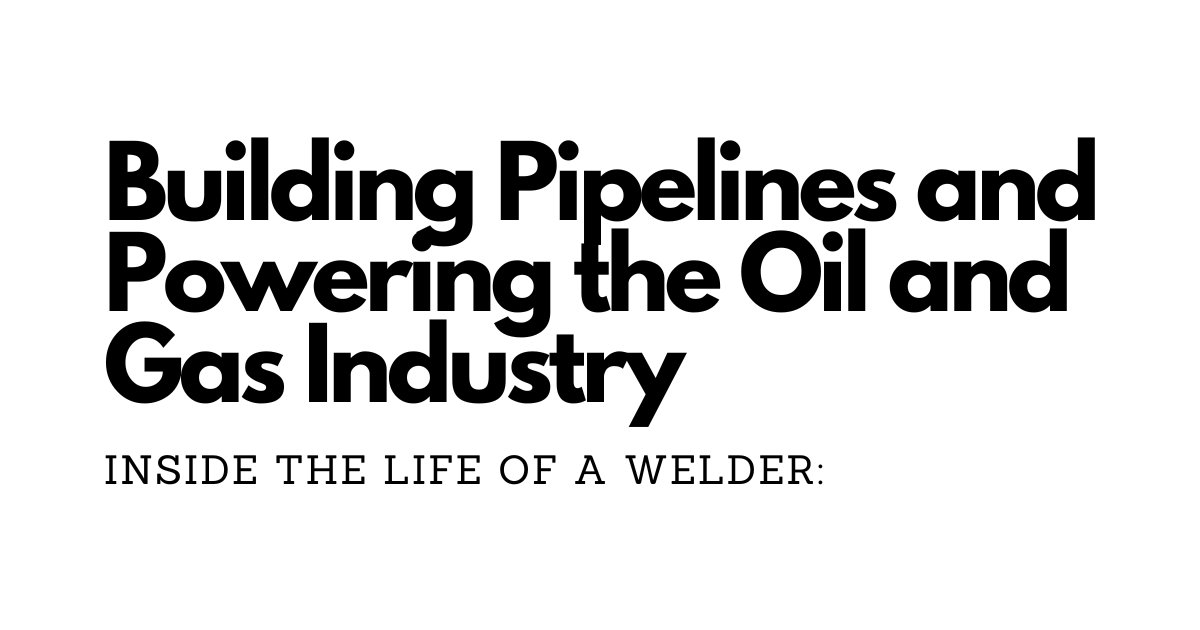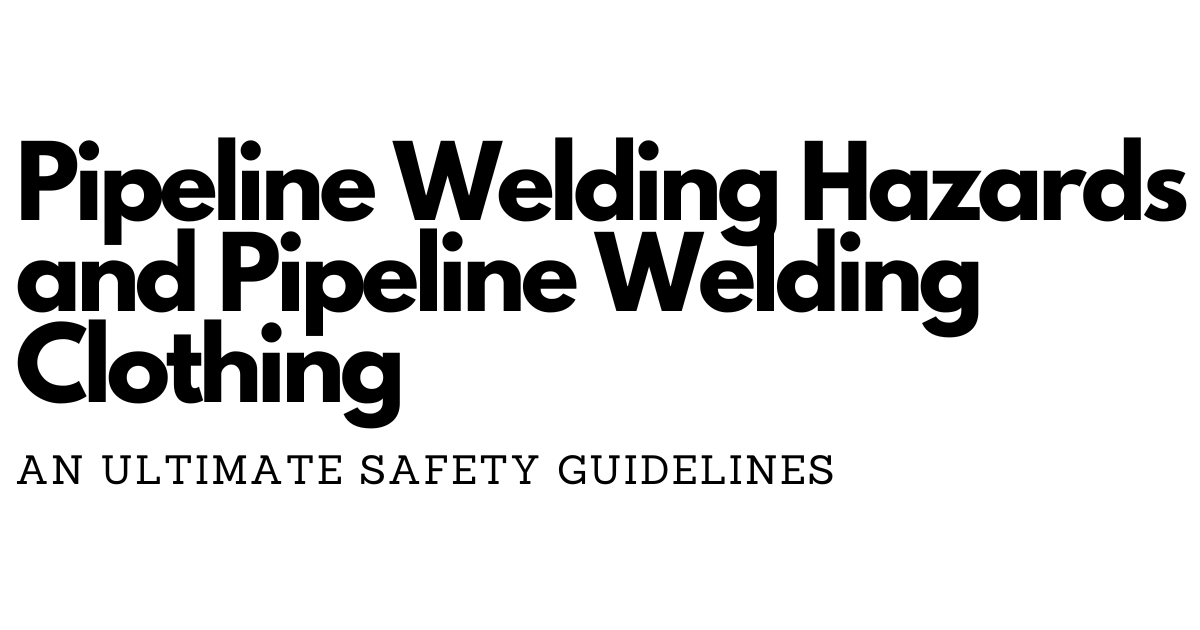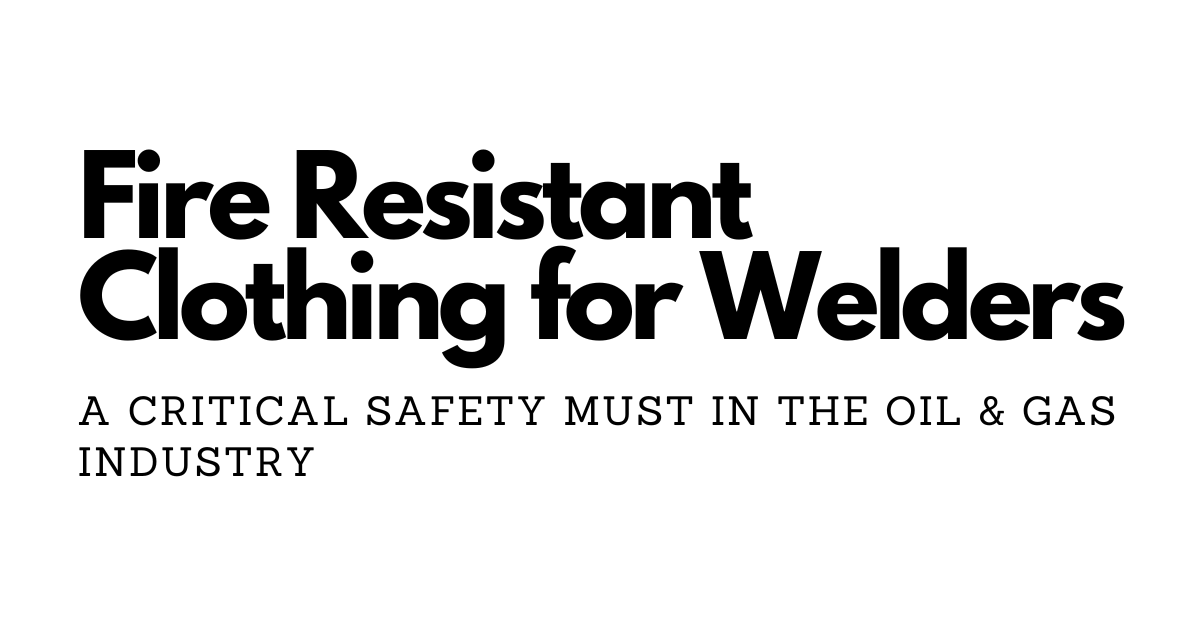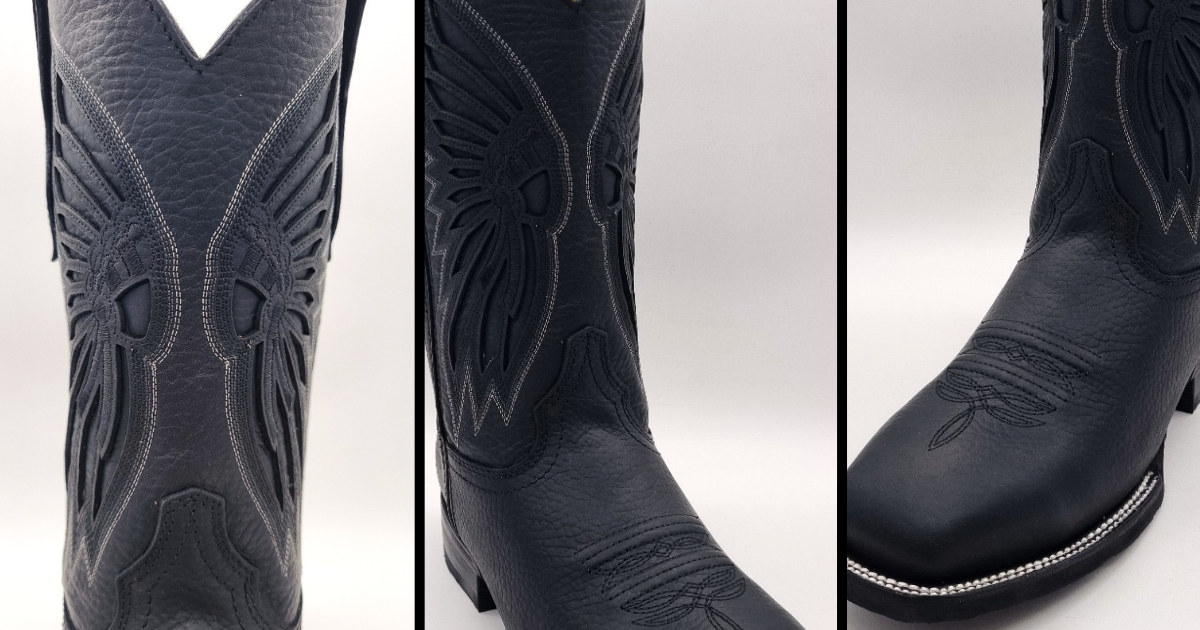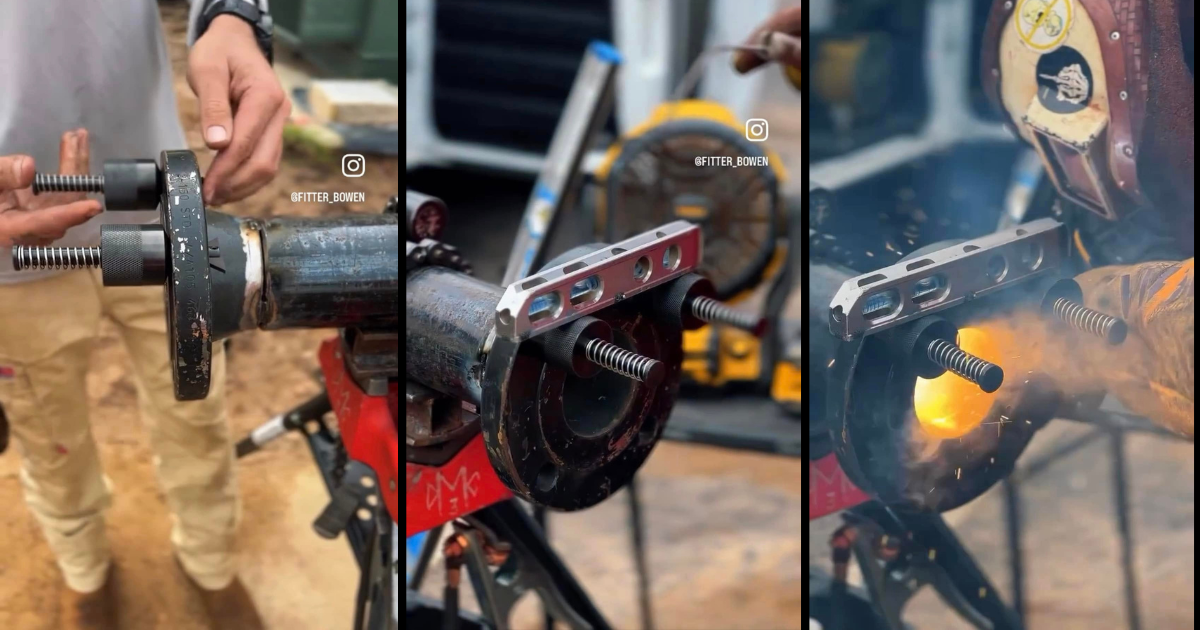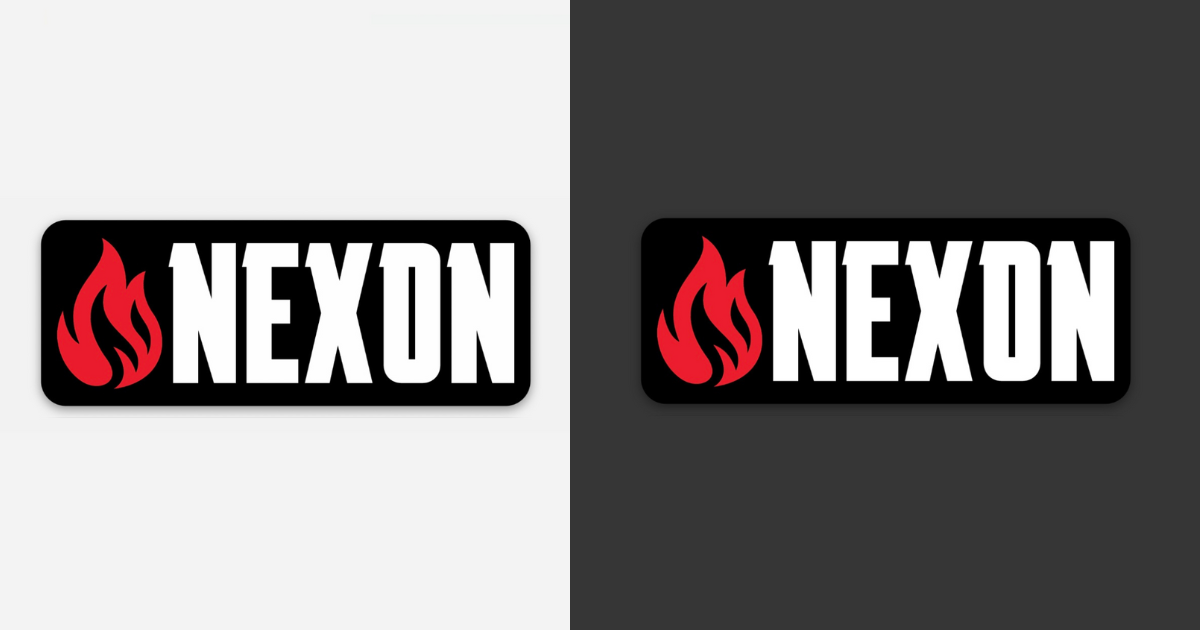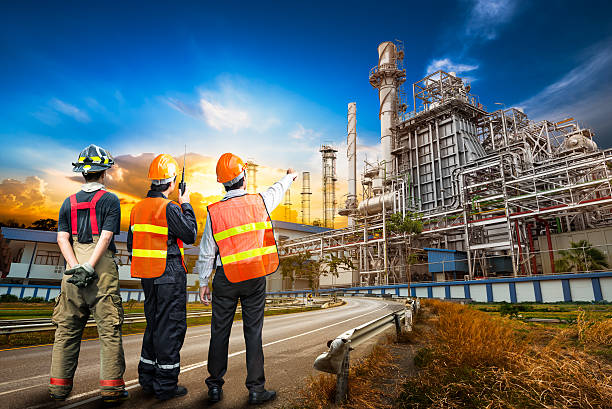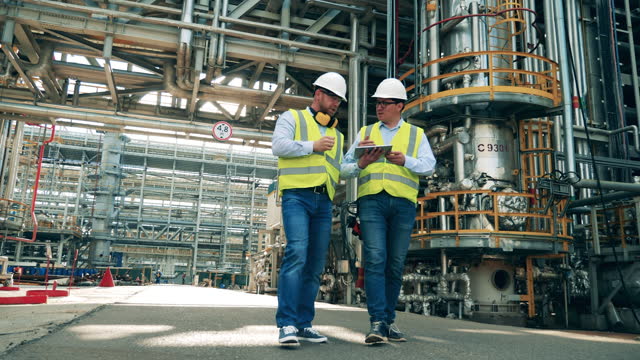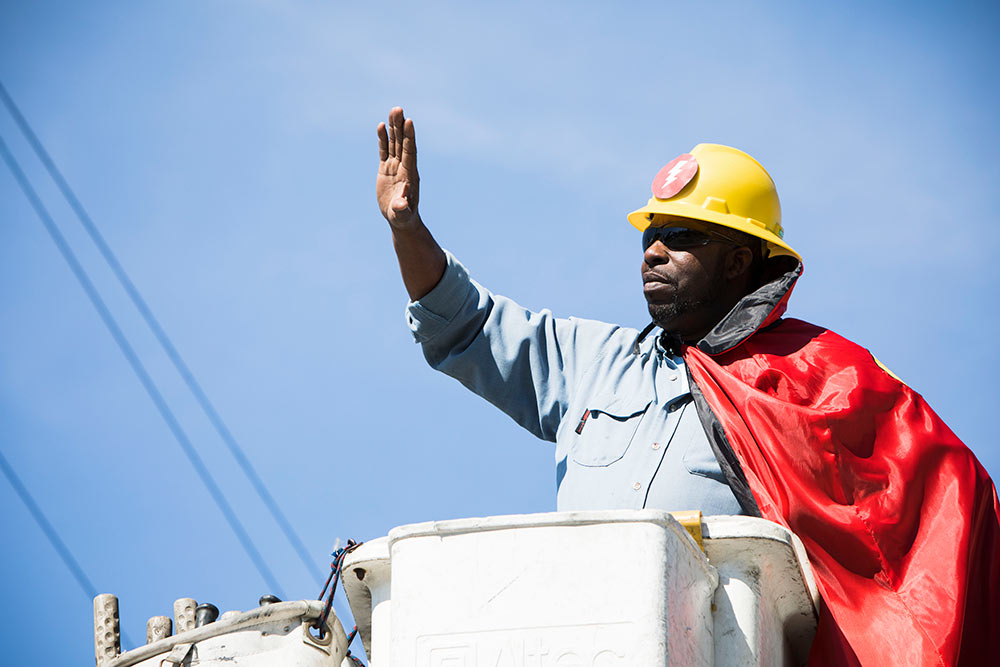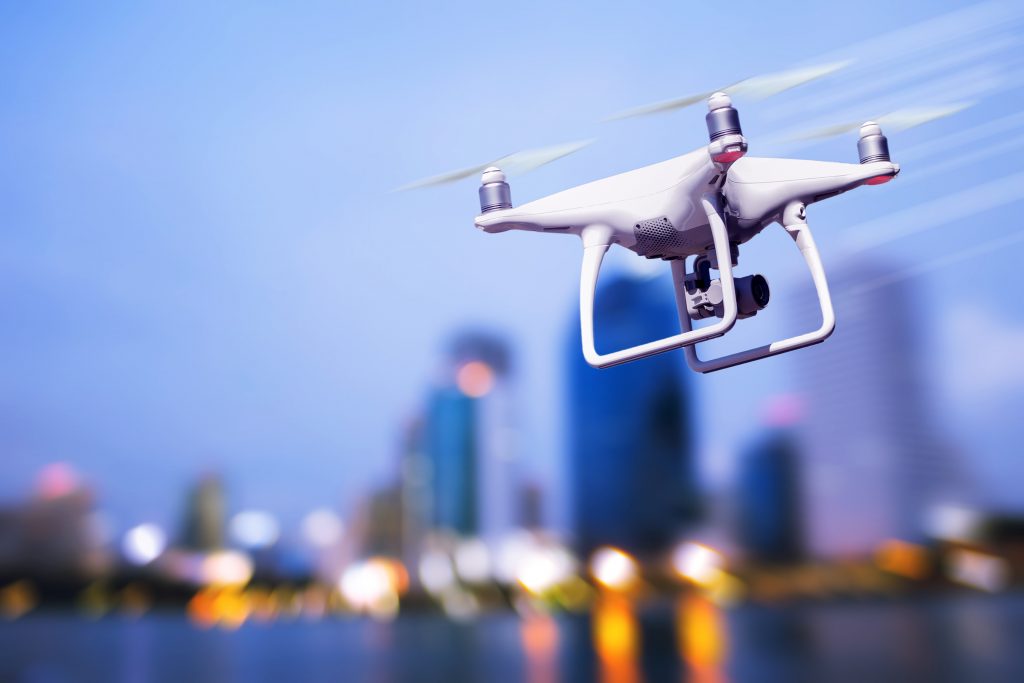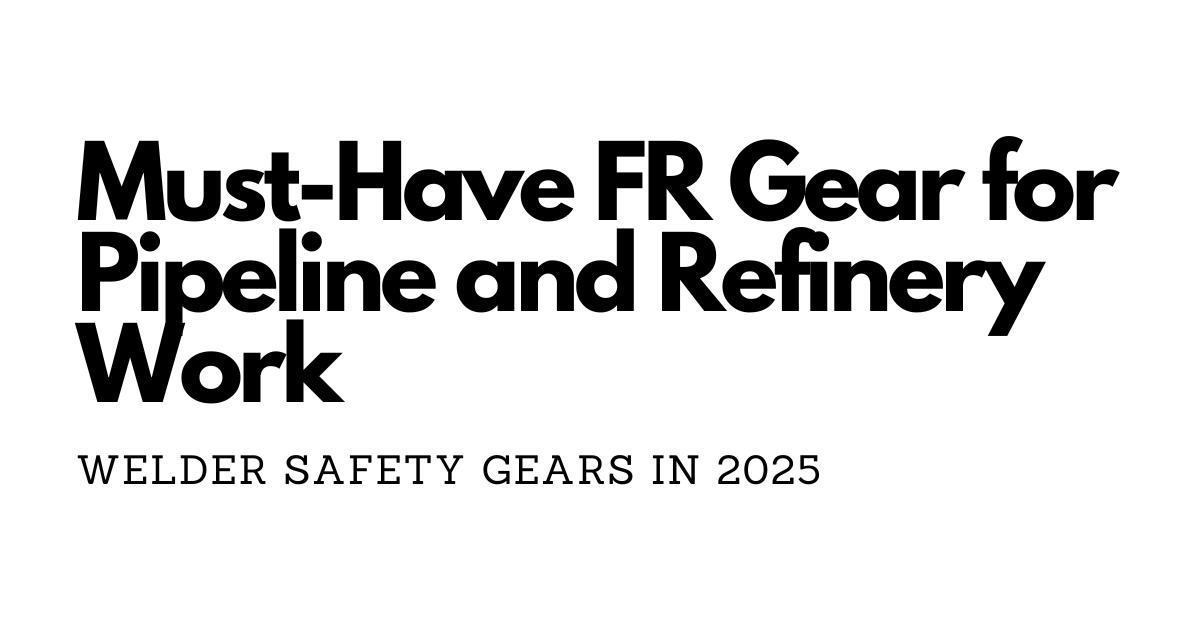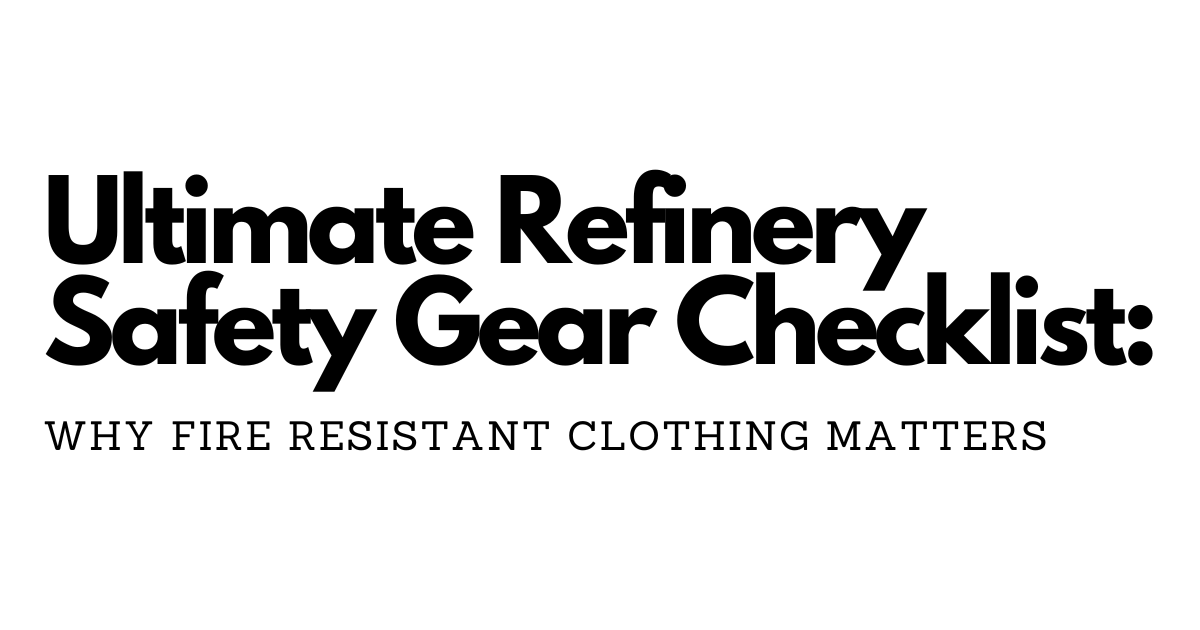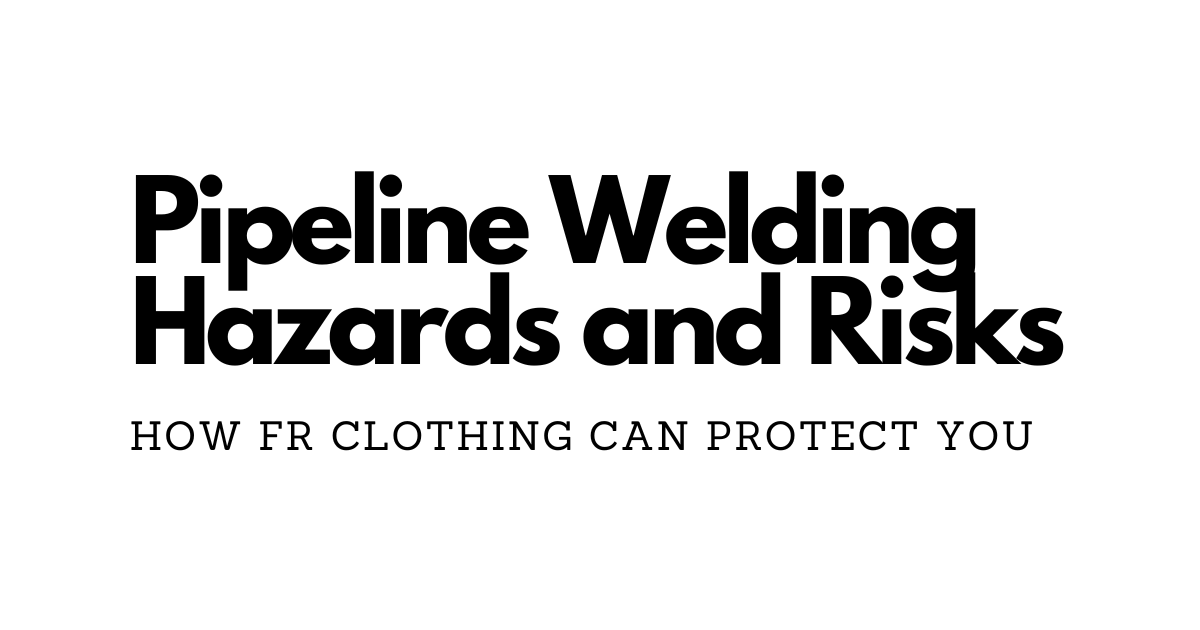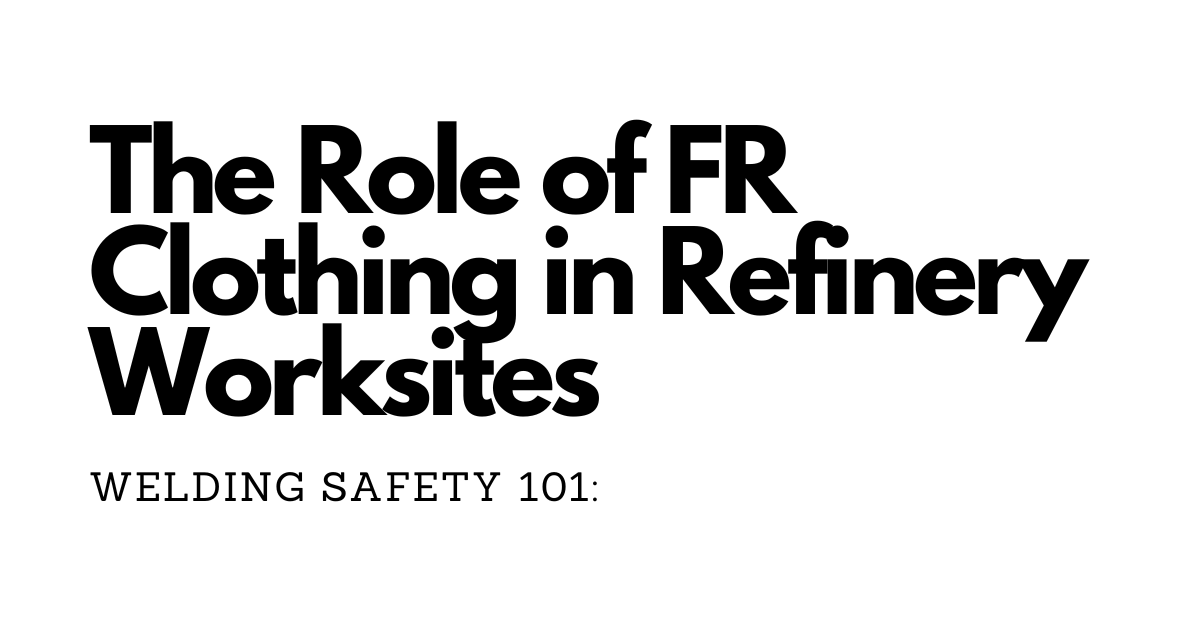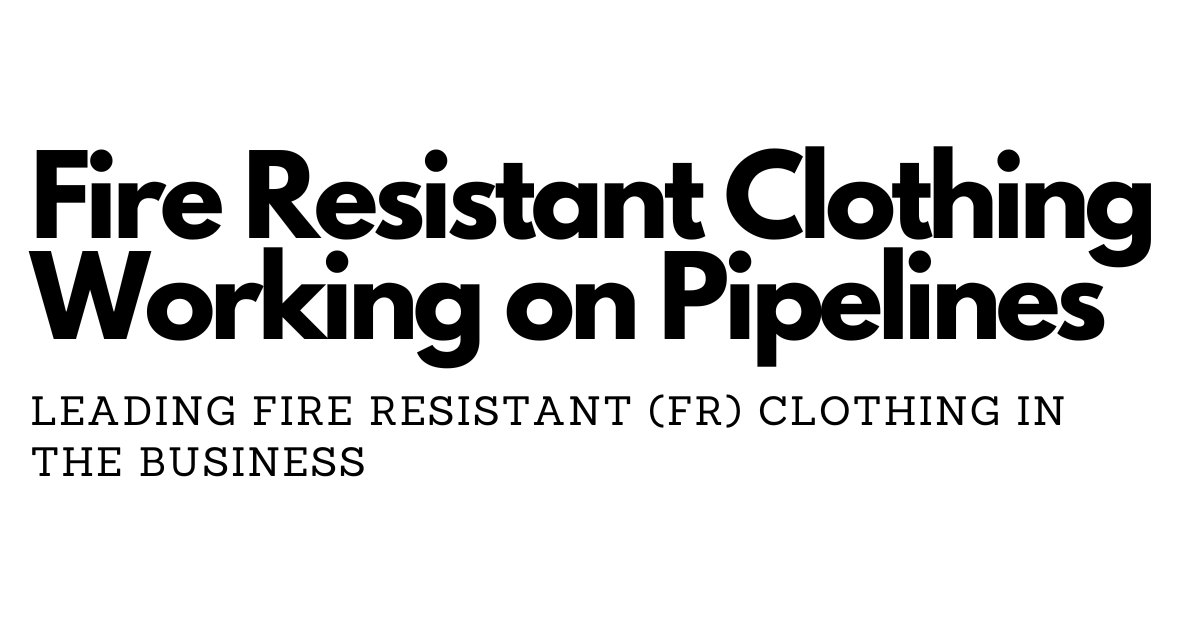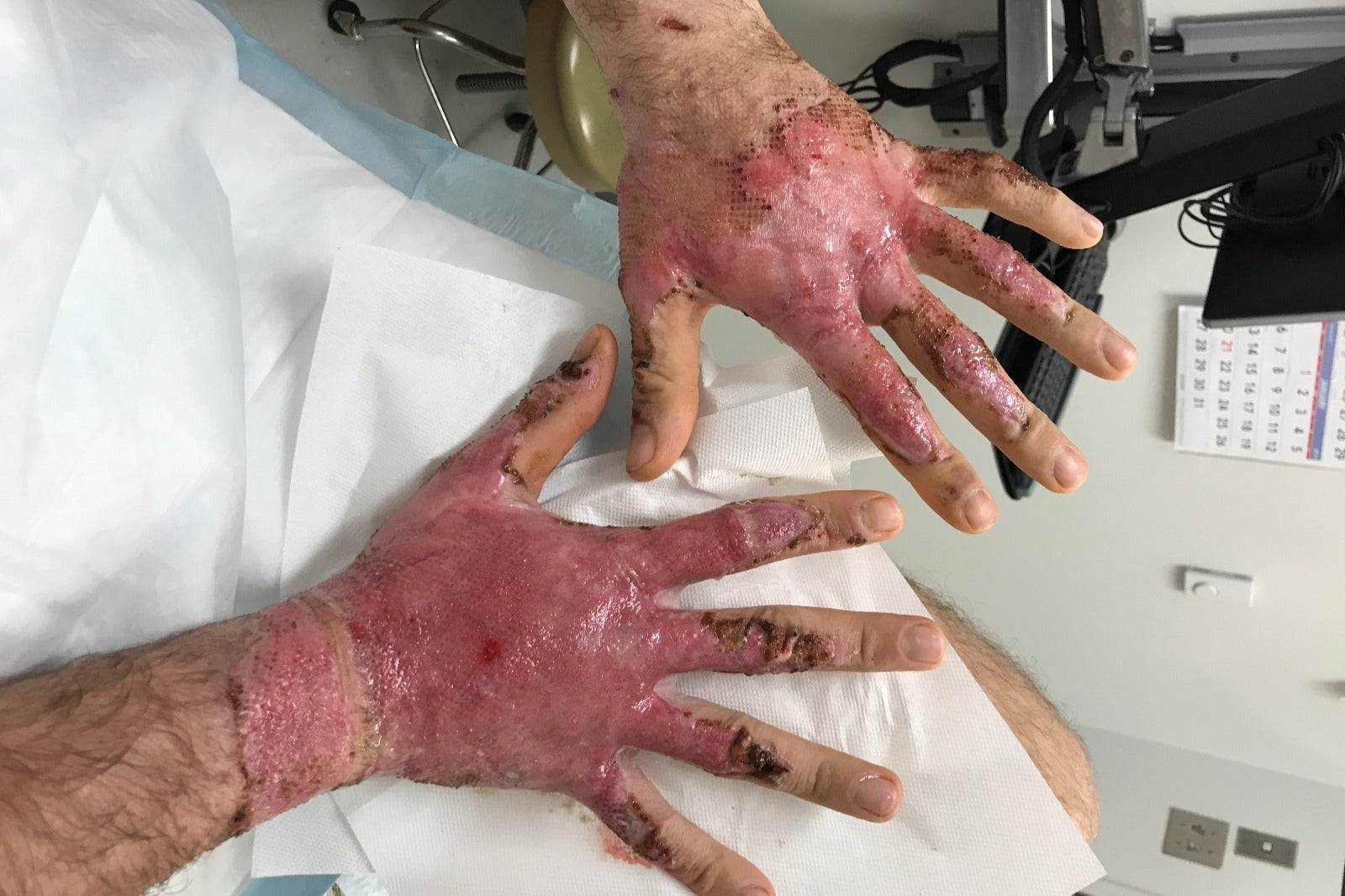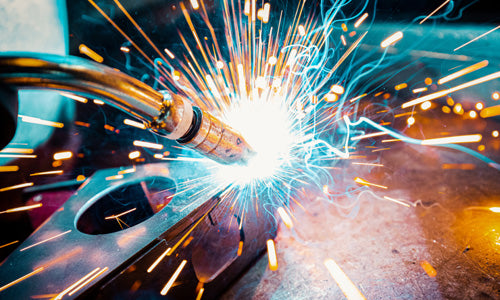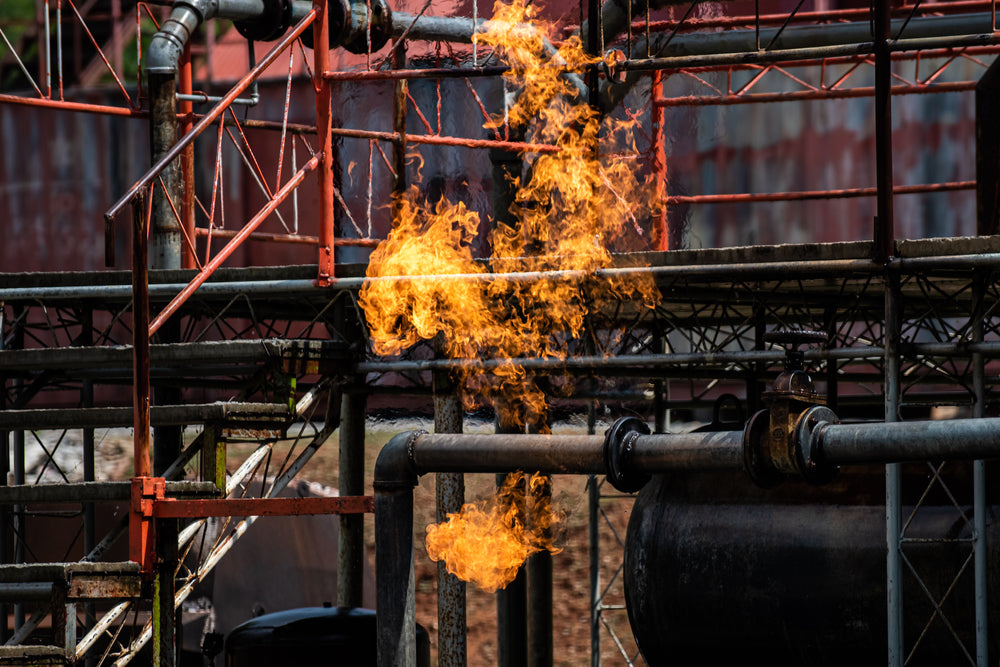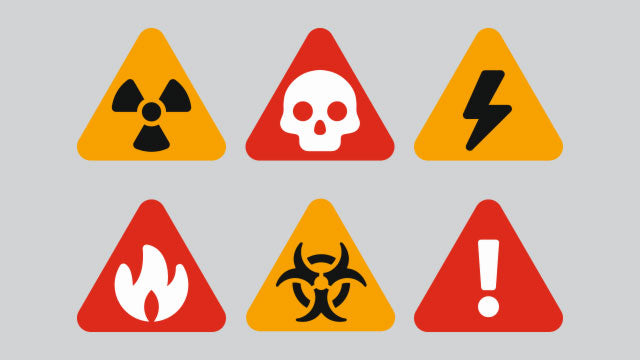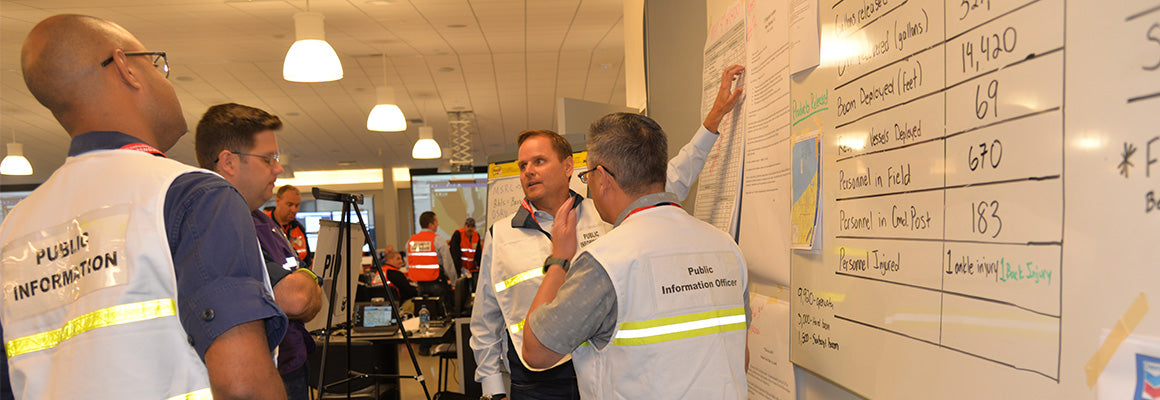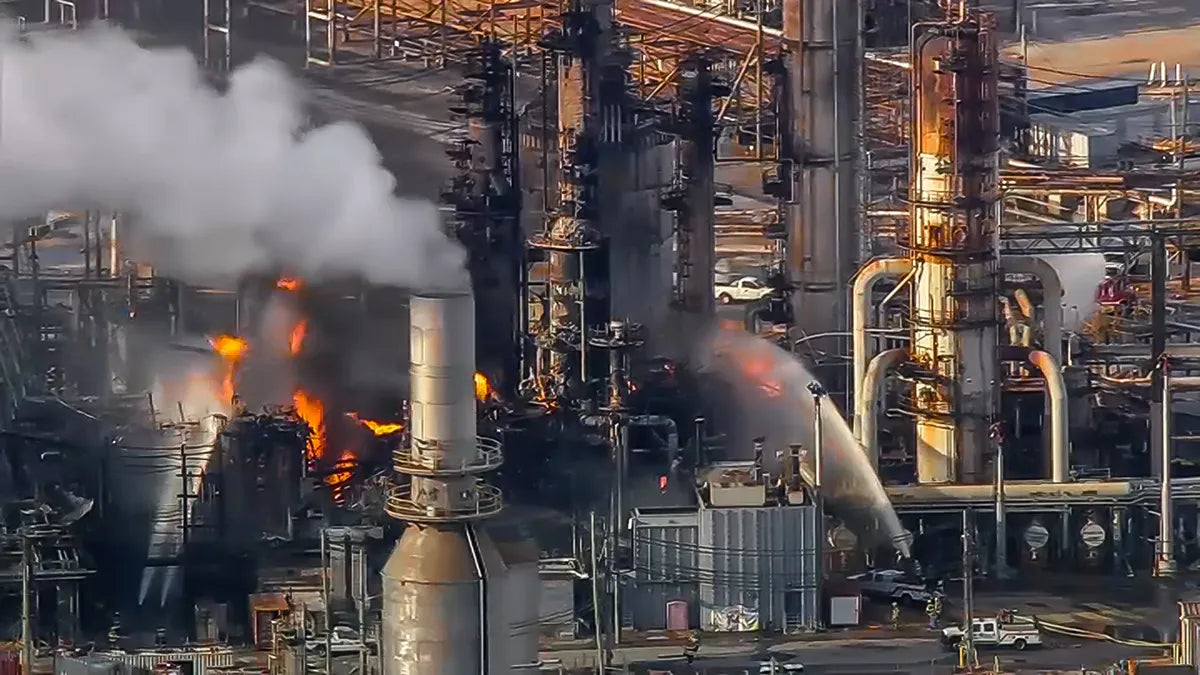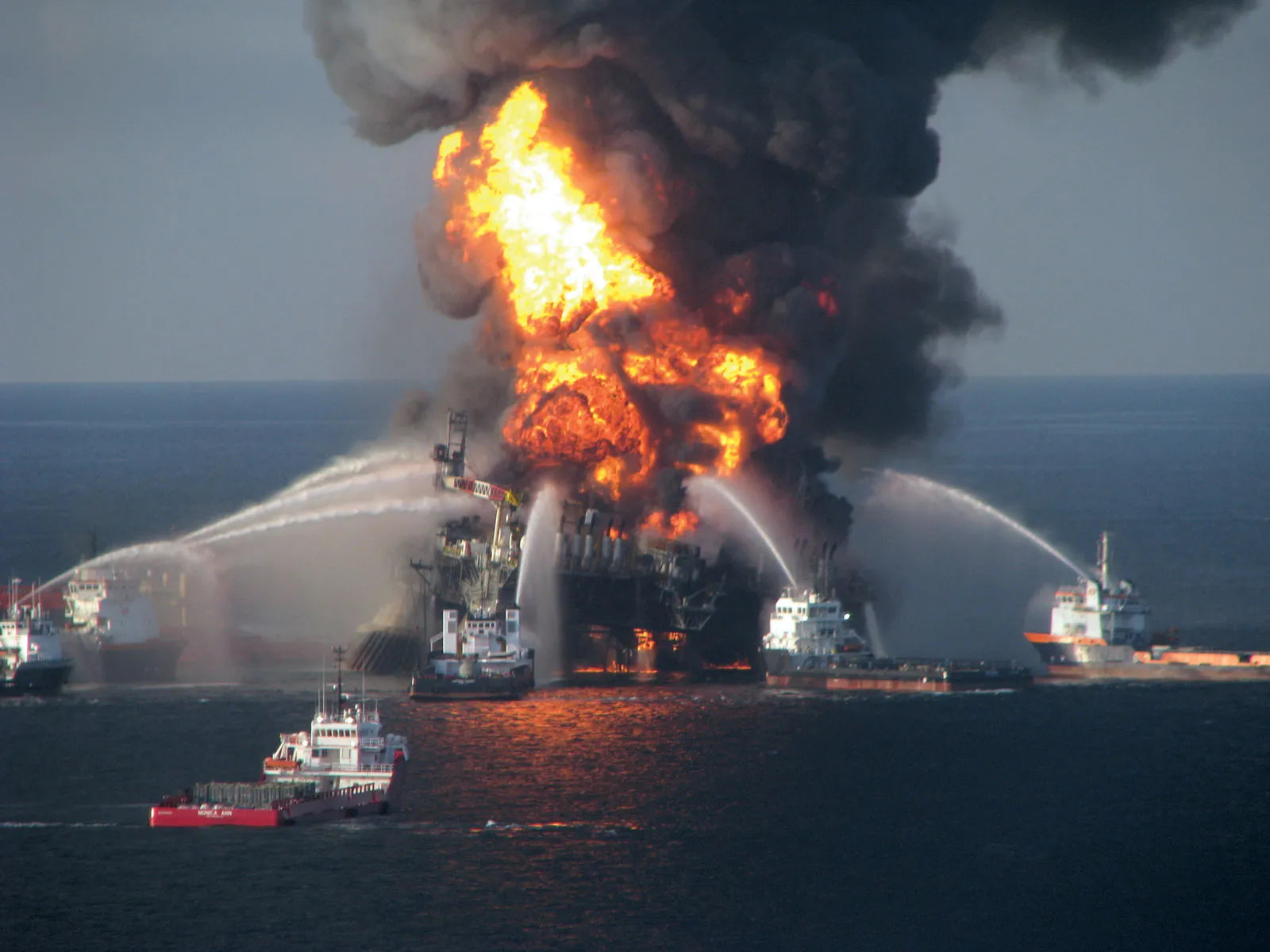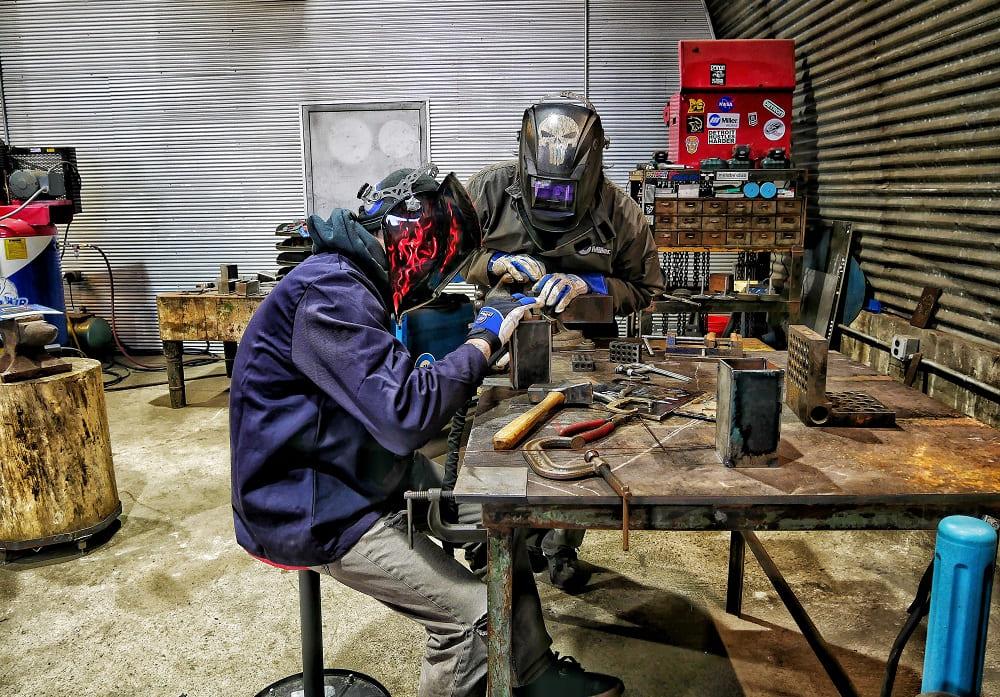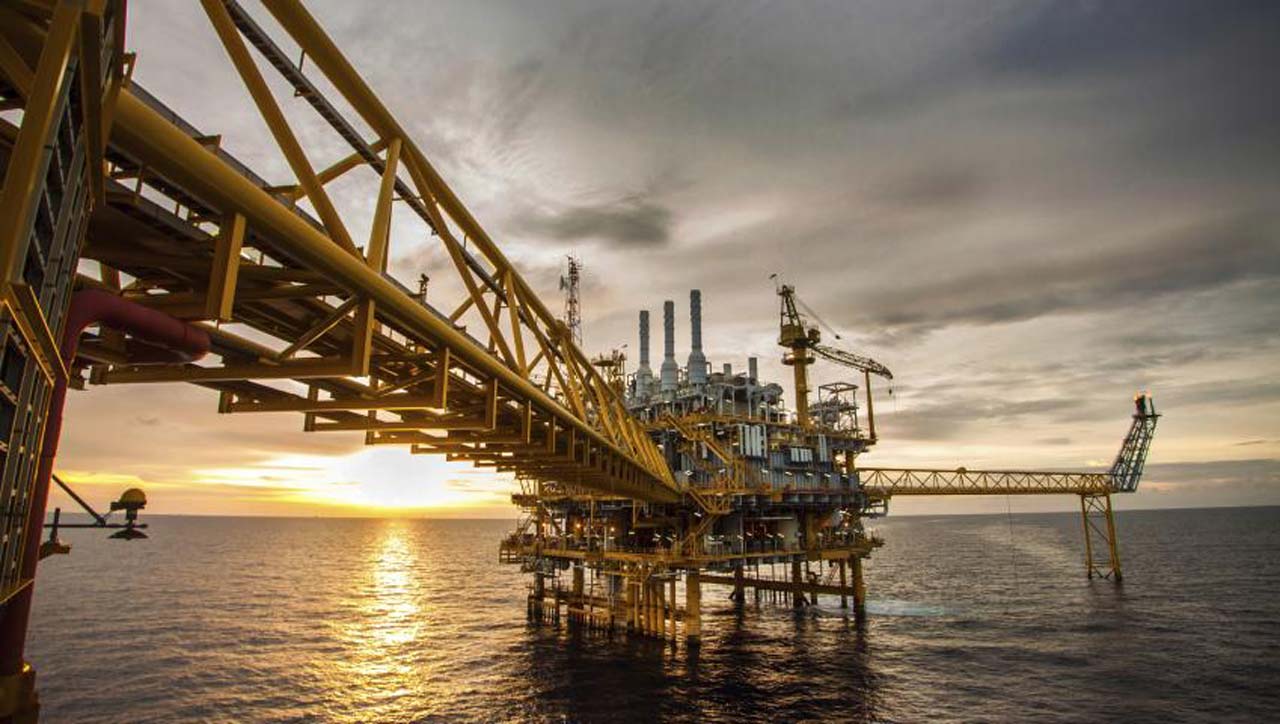
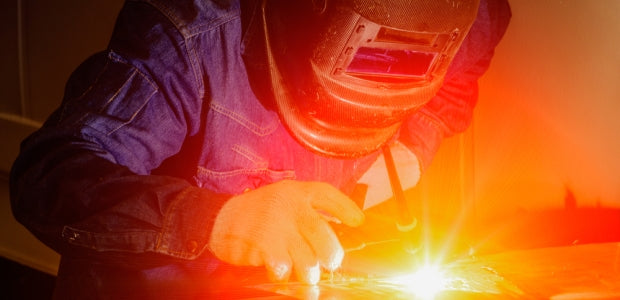
Fire hazards are a significant concern in many workplaces, especially in industries like construction, manufacturing, oil and gas, and firefighting. Protecting workers from the risk of fire-related injuries is a top priority, and one effective safety measure is the use of fire retardant clothing. In this article, we will explore the critical role of fire retardant clothing in protecting individuals at work, the science behind its effectiveness, and the industries where it is essential.
Understanding Fire Retardant Clothing: Fire retardant clothing, often referred to as flame-resistant (FR) or fire-resistant (FR) clothing, is specially designed to minimize the risk of burns and injuries in environments where exposure to flames, sparks, or intense heat is a possibility. These garments are made from materials that have been treated or engineered to resist catching fire and to self-extinguish when the source of heat is removed.
How Does Fire Retardant Clothing Work?
The primary mechanisms through which fire retardant clothing provides protection are:
-
Flame Resistance: Fire-resistant fabrics are made from materials that do not readily ignite when exposed to a flame or heat source. This resistance prevents the clothing from catching fire quickly.
-
Self-Extinguishing: When the source of heat is removed, fire-resistant clothing self-extinguishes. This means that it stops burning on its own, reducing the risk of severe burns or further injuries.
-
Thermal Insulation: FR clothing acts as a barrier against intense heat. It is designed to reflect heat away from the body, reducing the risk of burns even when in close proximity to flames.
If your clothes catch fire while you are at work, it's essential to act swiftly to minimize the risk of severe burns or injury. Follow these steps to extinguish the flames and protect yourself:
-
Stop, Drop, and Roll: Immediately stop any movement or running. This helps prevent the fire from spreading further. Drop to the ground to minimize the flames' exposure to oxygen, which can fuel the fire. Roll back and forth to smother the flames. Ensure you cover your face and hands while rolling.
-
Cover Your Face and Mouth: Use your hands or any available piece of clothing, like a jacket or shirt, to cover your face and mouth. This helps protect your airway from inhaling hot air or smoke.
-
Call for Help: Shout for help if there are coworkers or others nearby. Alert them to your situation so they can assist you.
-
Safety Shower or Eye Wash Station (If Available): If your workplace has safety showers or eye wash stations for chemical emergencies, use them if they are nearby. These can help extinguish the flames and cool your body.
-
Use a Fire Extinguisher (If Available): If there is a fire extinguisher nearby, use it to douse the flames. Aim for the base of the fire and sweep the extinguisher back and forth. Ensure that you know how to use a fire extinguisher properly beforehand.
-
Get Medical Attention Immediately: Even if the flames are extinguished quickly, seek medical attention immediately. Burns can be more severe than they initially appear, and prompt medical care is essential for proper treatment.
-
Do Not Use Water: Avoid using water to extinguish clothing fires, especially if they involve oil or chemicals. Water can spread the fire or cause hot splatters.
-
Do Not Run: Running when on fire can fan the flames and worsen the situation. It's crucial to stop, drop, and roll instead.
-
Stay Calm: Try to remain as calm as possible. Panic can hinder your ability to take the necessary steps to extinguish the fire and seek help.
-
Prevention is Key: While immediate actions are crucial, prevention is even more critical. Familiarize yourself with workplace safety protocols, wear appropriate personal protective equipment (PPE), and follow safety guidelines to reduce the risk of fire hazards.
Remember that workplace safety is paramount, and employers should provide training and resources to ensure that employees know how to respond to emergencies like clothing fires. Always prioritize your safety and seek immediate medical attention for any burns, regardless of their size or severity.
Industries That Require Fire Retardant Clothing:
Fire retardant clothing is crucial in various industries where workers face fire hazards. Some of these industries include:
-
Oil and Gas: Workers in the oil and gas sector often operate in environments where the risk of flammable gases and chemicals is high. FR clothing protects them from flash fires and thermal exposure.
-
Construction: Construction sites involve welding, cutting, and other activities that produce sparks and heat. FR clothing safeguards workers from potential fire hazards.
-
Electric Utilities: Electricians and utility workers may encounter electrical fires or arc flashes. FR clothing offers protection against these high-temperature events.
-
Manufacturing: In manufacturing settings, especially those involving heavy machinery and metalwork, fire-resistant clothing helps prevent burns due to metal splashes and sparks.
-
Firefighting: Firefighters rely on FR clothing as a vital part of their personal protective equipment (PPE) to shield themselves from extreme heat and flames.
Additional Benefits of Fire Retardant Clothing:
- Durability: FR clothing is designed to withstand rugged work conditions, making it durable and long-lasting.
- Comfort: Modern FR fabrics are engineered to be lightweight and breathable, enhancing comfort for workers in hot environments.
- Regulatory Compliance: Many industries have regulations that mandate the use of FR clothing to ensure worker safety and compliance with safety standards.
Fire retardant clothing is not just a precautionary measure; it's a critical component of workplace safety in industries prone to fire hazards. Its ability to resist flames, self-extinguish, and provide thermal insulation makes it an indispensable safeguard for workers facing fire-related risks. By investing in and wearing fire retardant clothing, individuals can significantly reduce their vulnerability to burns and injuries, ensuring a safer work environment for themselves and their colleagues.
